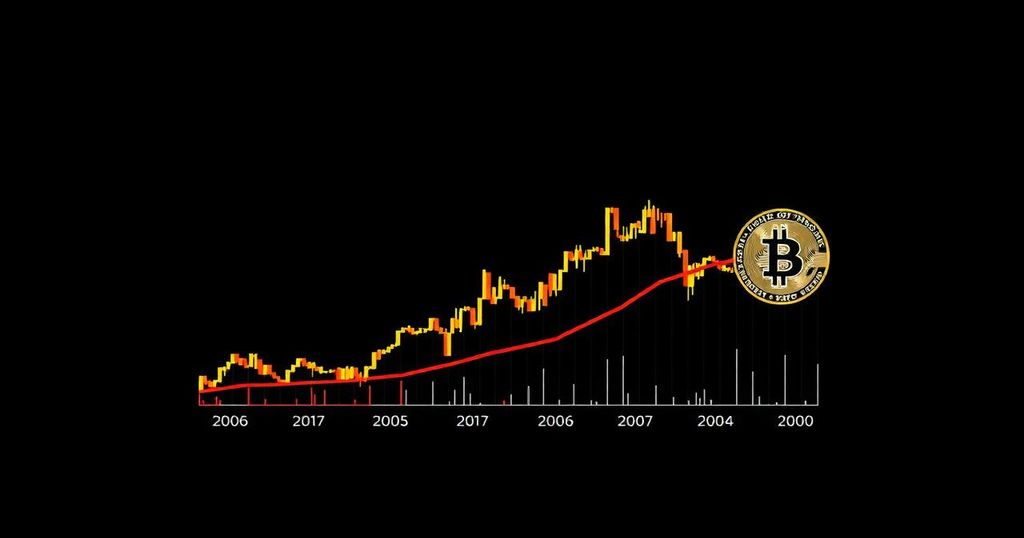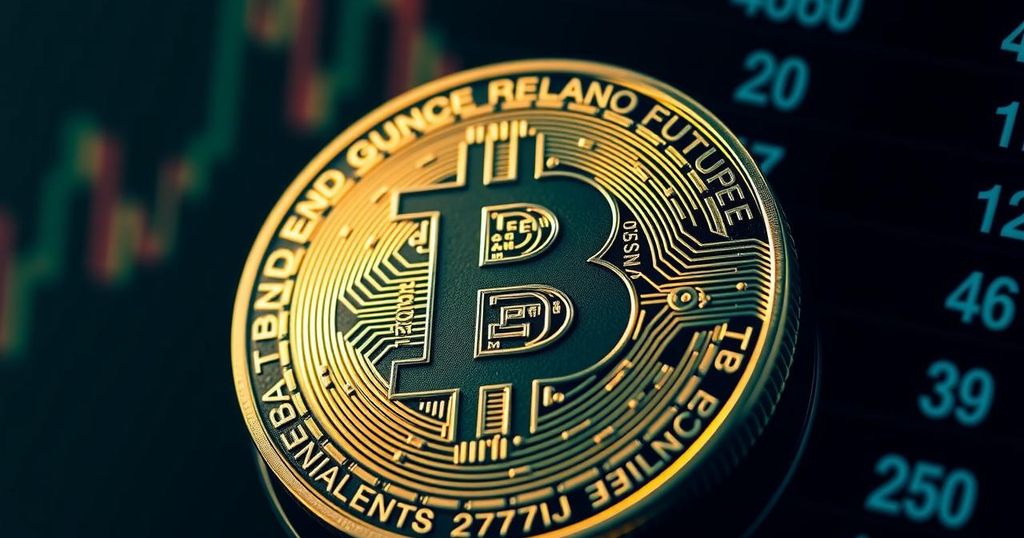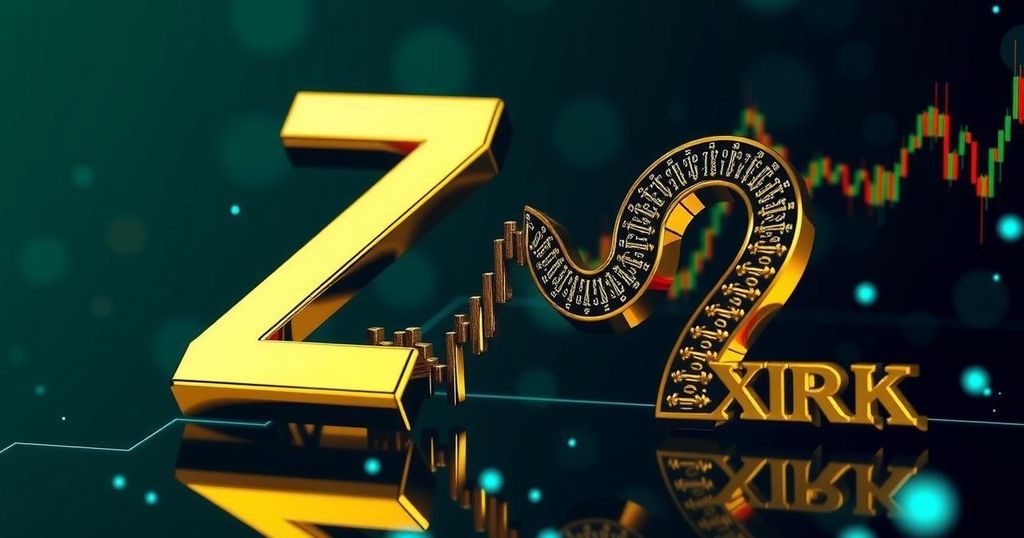Bitcoin Price Surpasses $58K Amid Declining U.S. Inflation Rates
Summary
Bitcoin’s price has surged past $58,000 as U.S. CPI data reveals a drop in annual inflation to 2.5%, the lowest since March 2021. This development has sparked bullish sentiments, with expectations of interest rate cuts by the Federal Reserve. Institutional demand fluctuates as evidenced by cash flows from Bitcoin ETFs, while accumulation among Bitcoin whales persists. A cautious sentiment remains in the market regarding potential corrections.
Bitcoin (BTC) has reclaimed a price above $58,000, boosted by the release of the U.S. Consumer Price Index (CPI) data, which indicated a reduction in annual inflation to its lowest level in two years. The bullish sentiment surrounding Bitcoin and the broader cryptocurrency market was further reinforced by expectations that the U.S. Federal Reserve may lower its benchmark interest rate in the near future. Earlier today, Bitcoin’s price surged above the $58K mark as investors reacted to CPI data showing a decrease in inflation from 2.9% to approximately 2.5%. This decline has led Wall Street analysts to predict potential interest rate cuts by the Fed, enhancing positive market sentiment. Bitcoin reached a daily high of around $58,424 following a 24-hour increase of over 3%. Currently, Bitcoin’s market capitalization is approximately $1.15 trillion, with a volatility of 2.4% and a 24-hour trading volume of about $33.80 billion. Despite a recent cash outflow of $44 million from U.S. spot Bitcoin exchange-traded funds (ETFs) on Wednesday, institutional demand remains resilient, as shown by previous inflows earlier in the week from Fidelity’s FBTC. Moreover, on-chain data indicates a resurgence in accumulation among Bitcoin whales, contrasting with sell-offs from miners and short-term holders. The recent market dynamics reflect a complex landscape where investors navigate a potential bullish breakout and underlying fears of future market corrections.
The recent fluctuations in Bitcoin pricing are significantly influenced by macroeconomic indicators, specifically the U.S. annual inflation rate as reported through the CPI. A lower inflation rate generally enhances investor confidence, subsequently supporting asset prices, including cryptocurrencies. As central banks consider economic adjustments such as interest rate changes, market reactions can generate either bullish or bearish trends in various asset classes, including Bitcoin and altcoins. Additionally, institutional involvement through financial products like spot Bitcoin ETFs amplifies the impact of these economic indicators on market performance.
In conclusion, Bitcoin’s recovery above $58,000 is attributed to declining inflation figures and potential interest rate cuts by the U.S. Federal Reserve, which have collectively fostered optimistic market predictions. The presence of institutional investors alongside data-driven insights into whale accumulation suggests a readiness for further progress, notwithstanding underlying fears about potential market corrections.
Original Source: www.coinspeaker.com







Post Comment